Your customers are looking for connection. They want to:
- Buy from brands who get them
- Feel their purchase is appreciated
- Support causes
- Have positive experiences
- Feel recognized
Direct-to-consumer brands can offer this (and much more) to their customers.
In this article we are going to explore what direct-to-consumer brands are, show two great examples of them in action, and explain what their rise means for the 2020s.
Let’s get started.

Manage all your social media accounts in one place.
Craft, schedule, & auto-post content to all your social channels, then track analytics and manage interactions from a single, easy-to-use dashboard.
What Are Direct-To-Consumer Brands?
Direct-to-consumer brands sell products through owned channels without the need for third-parties and middlemen.
These brands typically:
- Have a digital-first mentality
- Control product distribution
- Sell directly to the end-user
- Market using rich- and written-content
- Are built to maximize value to the customer
- Operate outside traditional sales channels
You will also find the most successful examples put a strong emphasis on brand messaging and seek to inspire brand loyalty.
For example:
Fabletics have built their brand around high-quality, body-positive, and affordable activewear. Specifically, they are well known for their range of stylish female leggings.
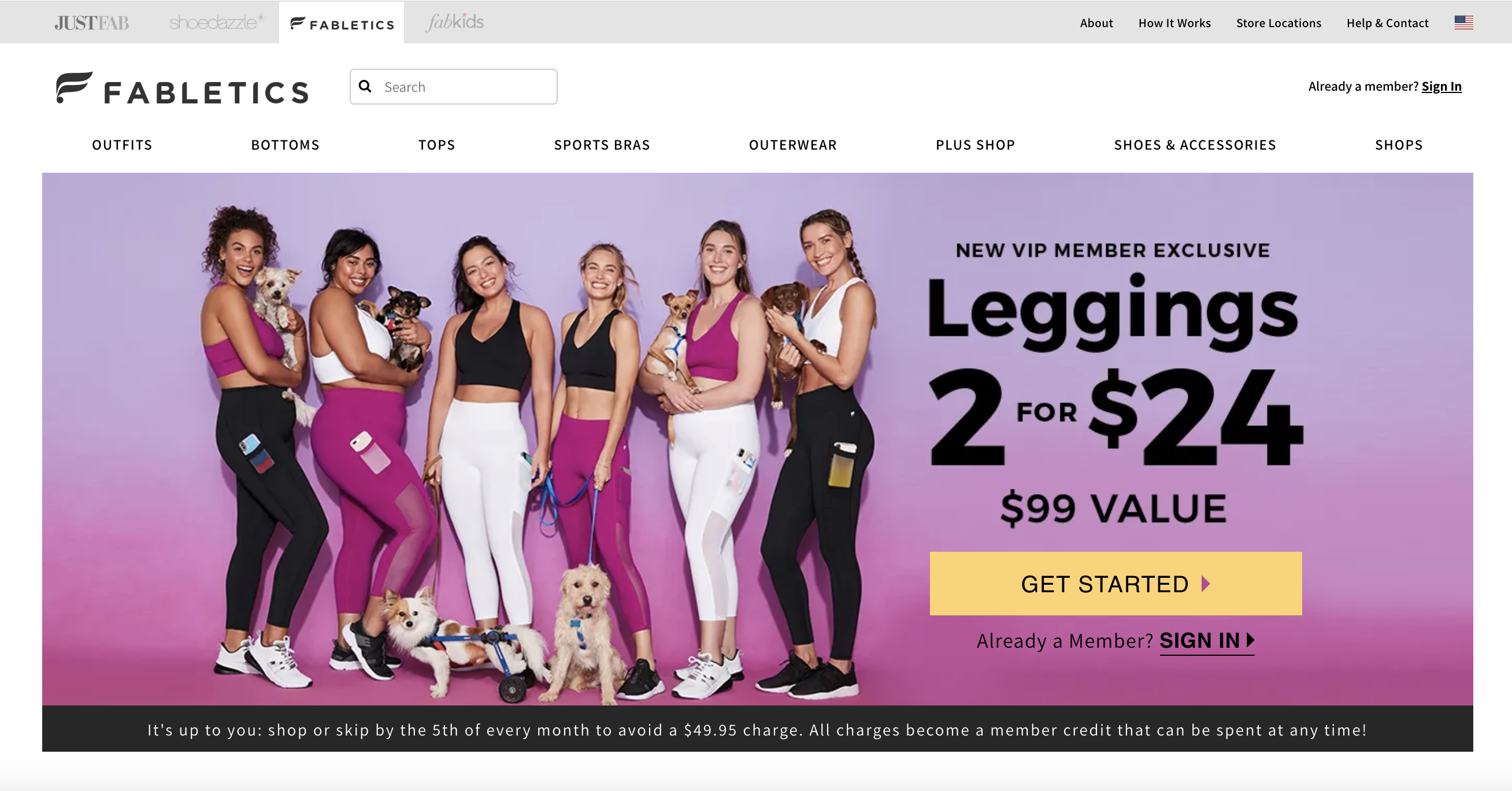
Credit: fabletics.com
Fabletics products are only available through their website and customers must be a part of their monthly membership program to place an order.
By maintaining control of these elements they can:
- Inspire brand loyalty through exclusivity
- Align prices with their target audience
A driving force behind the growing popularity of direct-to-consumer brands is the removal of anonymity from the buying process.
68% of customers switch brands because they feel the brand does not value their business; this is common in department stores, where the brand is removed from the purchasing process.
But, when a brand can directly connect with customers, they can:
- Control the customer experience
- Offer personalization
- Create smoother customer service processes
Direct-to-consumer brands are also often referred to as DNVBs — Digital Native Vertical Brands — because of their ability to scale vertically.
They can:
- Enter physical retail by opening stores and providing experiences
- Expand online retail through partnerships and collaborations
To better understand direct-to-consumer brands, and their ability to scale, let’s take a look at some in-depth examples.
How Direct-To-Consumer Brands Are Reshaping Retail
In this section, we are going to examine two footwear brands.
We will show you:
- A digital-native brand that has successfully built a direct-to-consumer business
- A traditional brand that has adopted direct-to-consumer principles
Hopefully, this will show you the versatility of this business model and how it is reshaping the world of retail.
Allbirds: Sustainable Shoes, Scalable Business
Allbirds are a sustainable footwear brand. They create comfortable merino wool sneakers that have a positive impact on the environment.
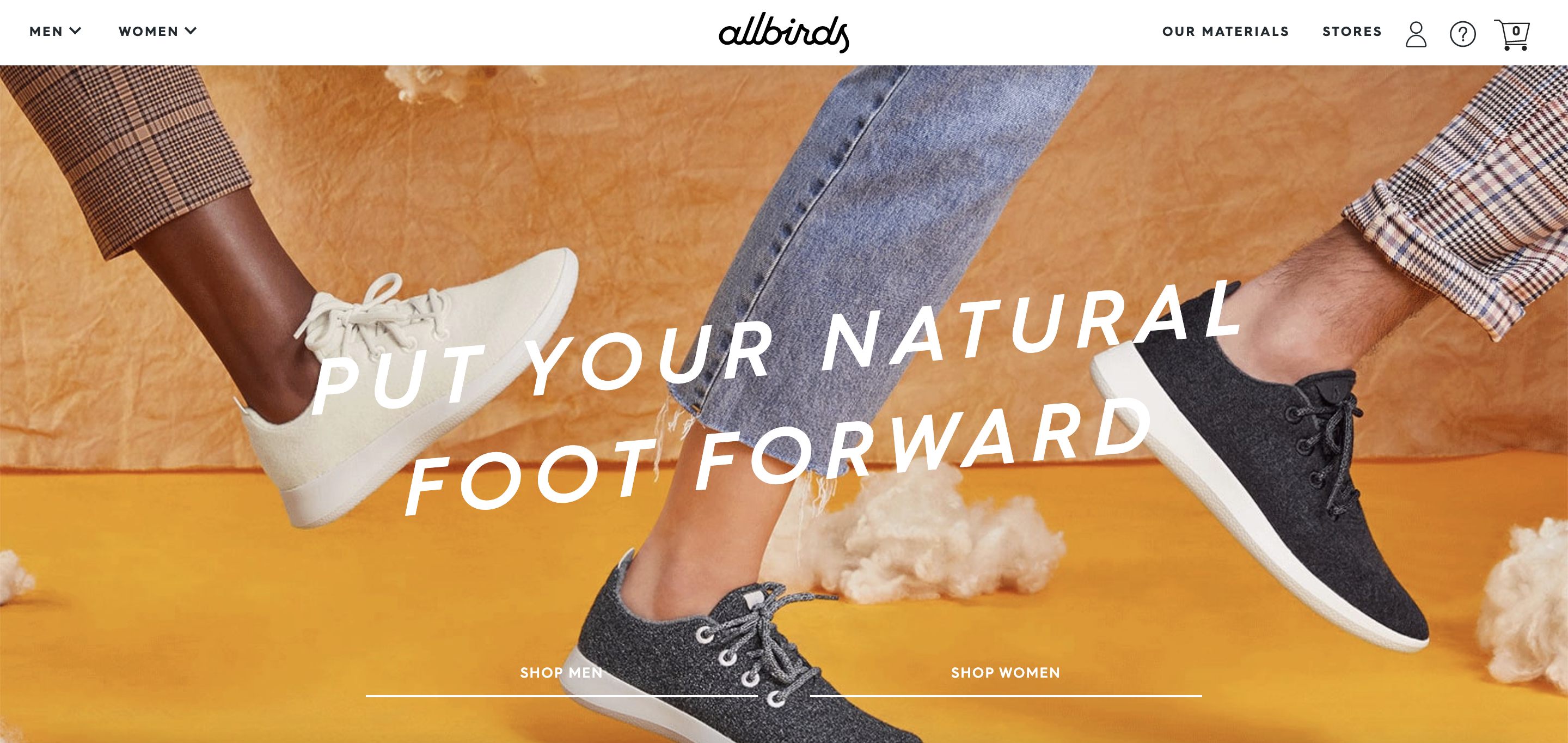
Credit: Allbirds.com
They are a pure direct-to-consumer brand. We can see this in everything they do, from their inception through to their current business model.
Allbirds:
- Launched on Kickstarter
- Used the funds to create their own website
- Maintain control of their product’s creation, distribution, marketing, and sales
Until recently, you could only purchase Allbirds’ shoes directly from their website:
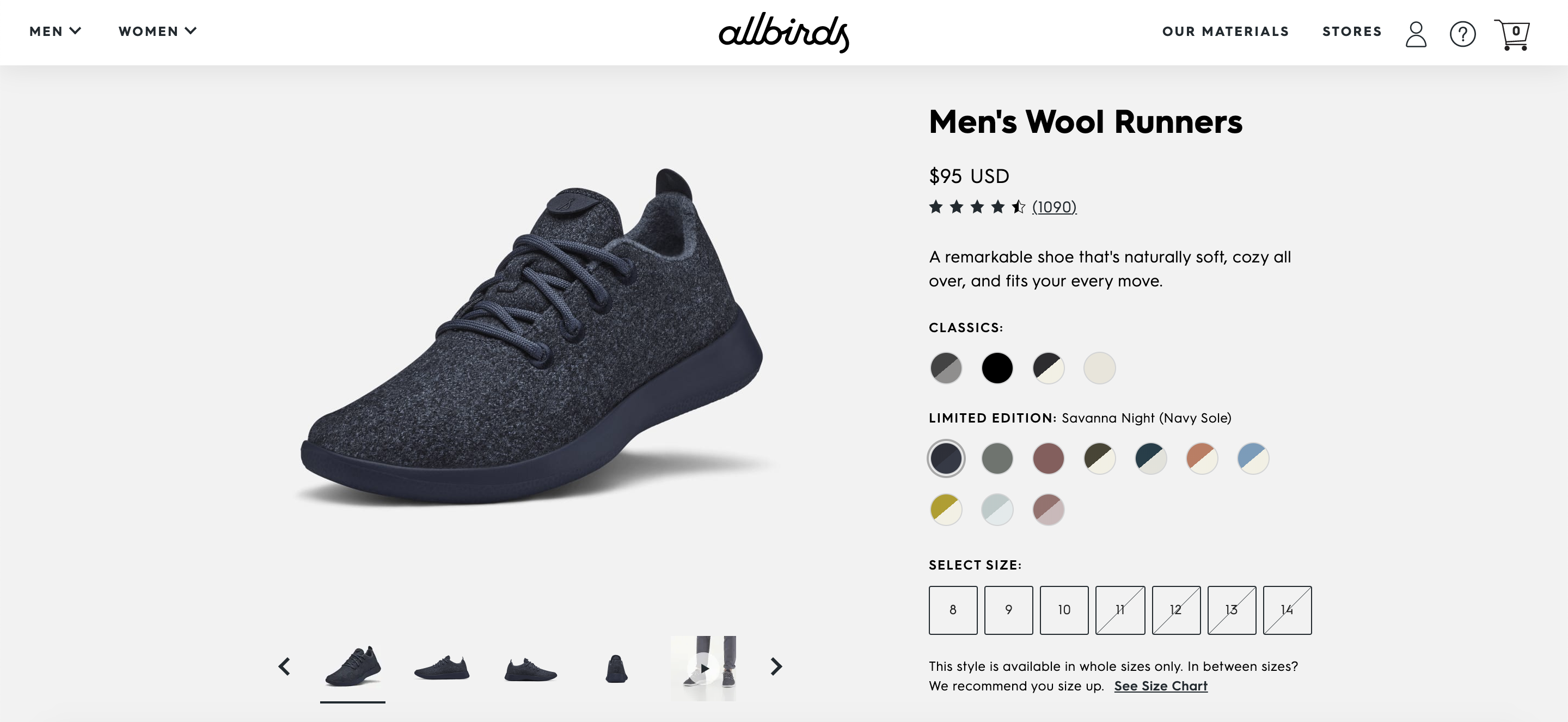
Credit: Allbirds.com
As their brand has grown they have scaled their business into physical retail without needing to use third-party stores.
Customers can now enter a physical Allbirds store in locations like:
- Los Angeles
- New York
- London
- Beijing
They are still a digital native brand. The majority of purchases come through their website. But vertical scaling lets them increase their customer base without adopting a new business model.
It also means they can maintain (and control) their:
- Product quality
- Customer experience
- Pricing structure
As you will see later in this article, this blend of direct-to-consumer principles and brick-and-mortar retail can contribute dramatically to a brand’s success.
But what about already established brands who want to expand into this model?
Nike: Old School Brand, New School Approach
Nike is the world’s most valuable sportswear and apparel brand. And, they are determined to maintain that title:
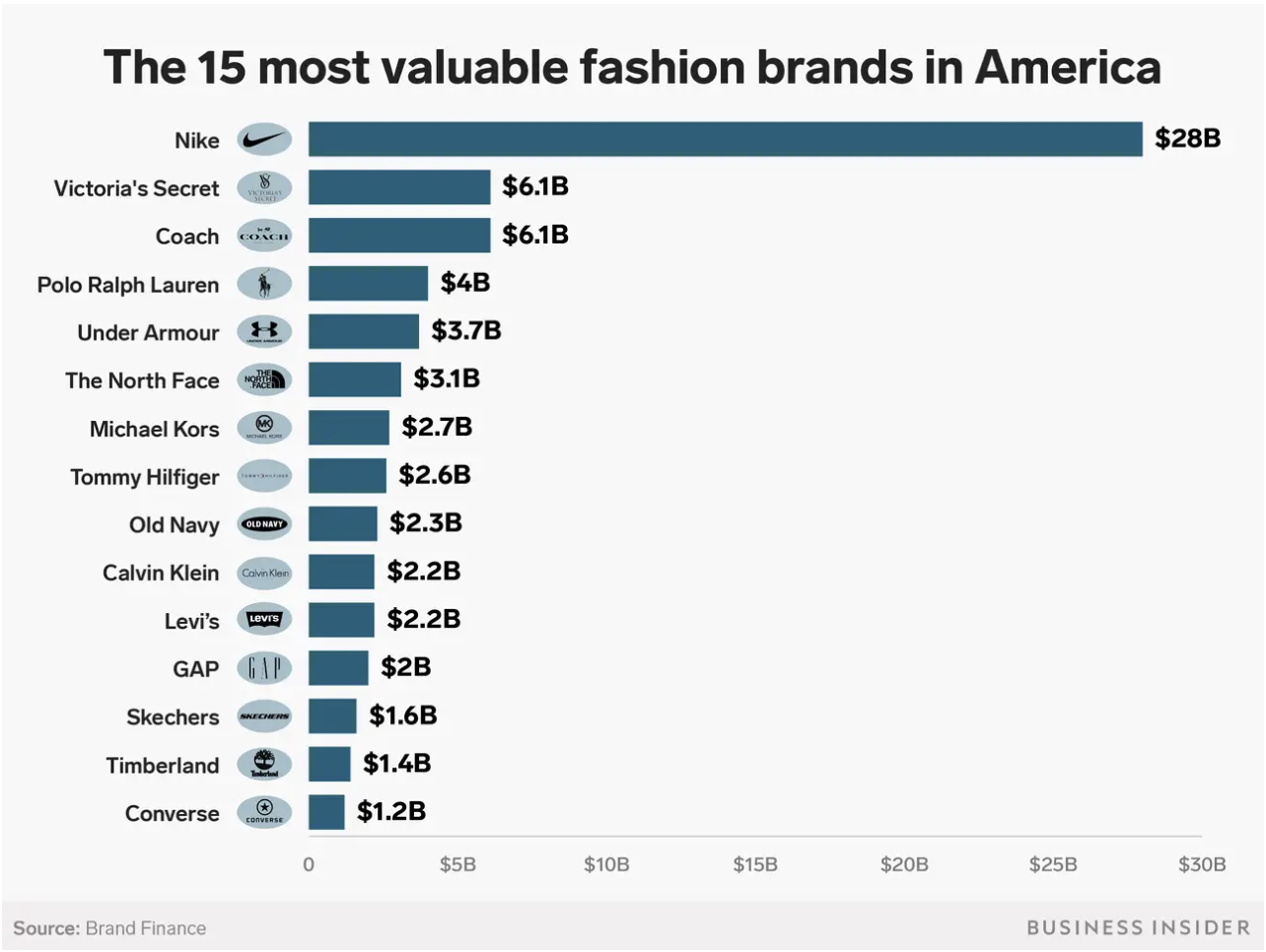
Credit: Business Insider
One way they have achieved this title is by offering direct-to-consumer options; they took control of distribution by offering customers options such as:
- Online stores
- Nike ID
- Factory outlets
- Branded stores
But in the last few years, we have seen Nike take this to a much higher level.
The most noticeable shift has been in their approach to content marketing. They have invested a lot of time and money into creating end-to-end content for their customers.
For example:
Nike Run Club is a comprehensive free app filled with original education content like:
- Guided runs
- Podcasts
- Playlists
- Route tracking
- Training plans
James, a member of the Loomly team, used their app to prepare for his first half marathon. This approach to marketing — known as nurturing marketing — led to subsequent product purchases.
The second shift is in their approach to products and services.
For example:
Nike recently launched their Adventure Club.
It is an online subscription service that provides parents with periodical deliveries of new children’s shoes.
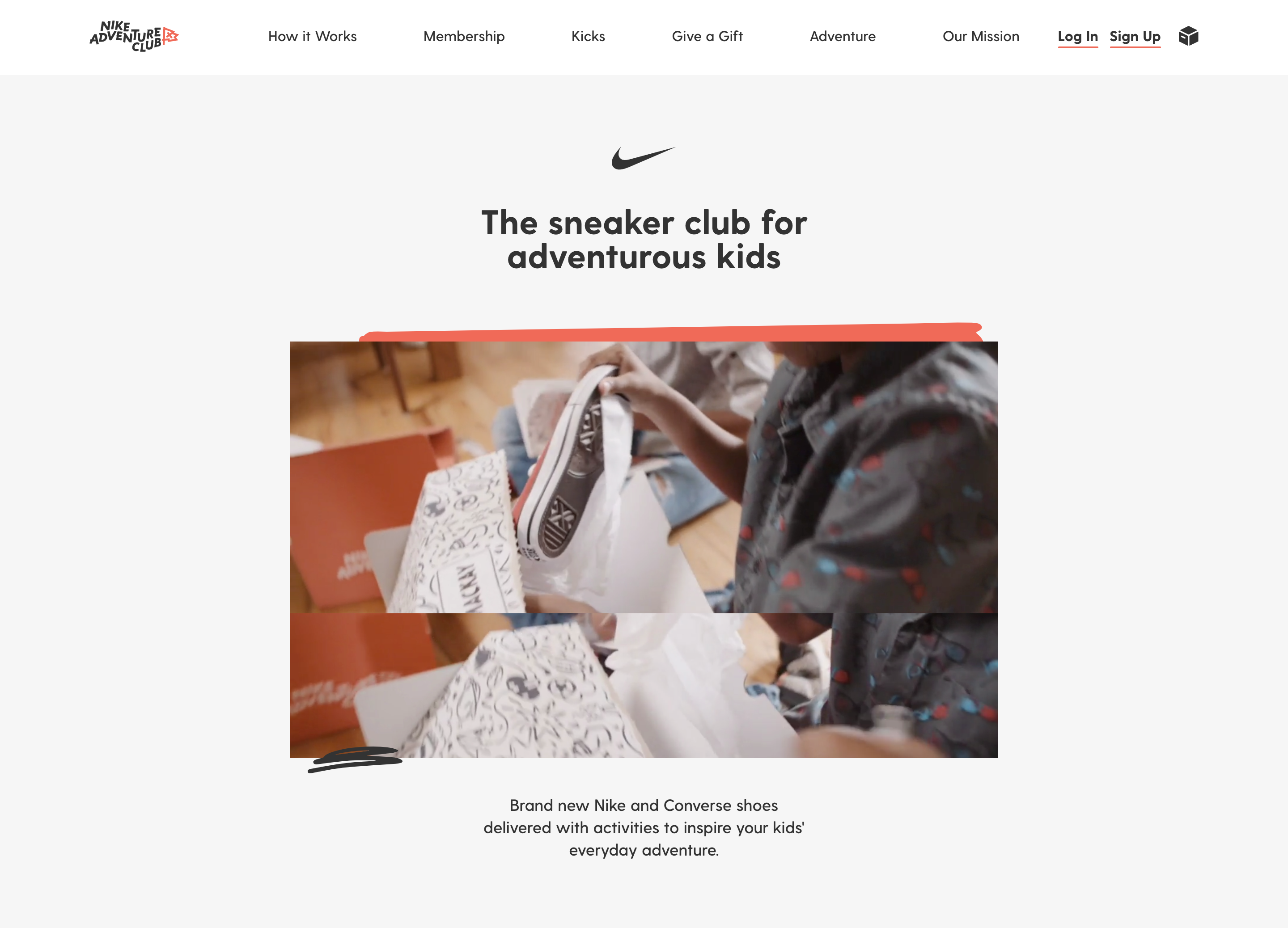
Credit: Nike Adventure Club
They have solved the age-old problem of buying new footwear for your child every few months, with a new-age solution.
This forward-thinking approach helps Nike to remain competitive, and reconstruct their business model to provide the highest level of value to their customers.
But all of this begs an important question:
Why are direct-to-consumer brands on the rise, and what does it mean for the future of your business?
The Rise Of Direct-To-Consumer Brands: Why They Are On The Up (And What It Means For The 2020s)
The 2010s have built a strong platform for e-commerce and direct-to-consumer brands.
Thanks to platforms like Shopify, the direct-to-consumer model has become the go-to for anyone looking to enter the retail marketplace.
This comes at a time where brand switching is on the rise, and customers are actively looking for brands that “get them”:
- 33% of customers say they are actively searching for new brands
- 61% of customers say they have switched brands once in the last 12 months
Customers are finding their new alternatives online. Why?
Because direct-to-consumer brands are able to craft and deliver a message with their target audience through mediums like:
- Social media ads
- Content marketing
- Native advertising
If Allbirds wants to reach a new potential customer, they are only a Facebook ad away:
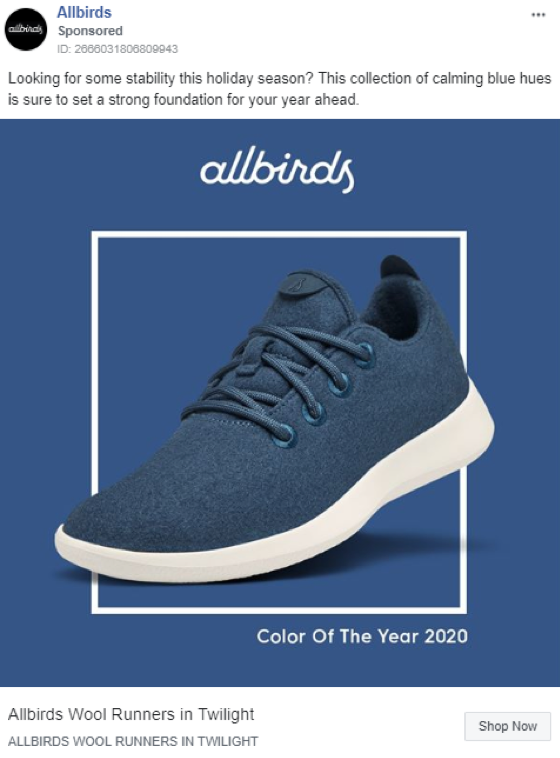
This allows them to circumnavigate the traditional “gatekeeper” systems — from advertising executives to department store buyers — to make the customer a direct offer.
But we do need to mention that direct-to-consumer is not a retail Holy Grail.
There are potentially thousands of direct-to-consumer brands that fail each year. And, this business model does not fit all types of business.
For example:
Dollar Shave Club is a branding success story — and an inspiration for many of us — as they were able to craft a message that attracted men in their millions. But they are yet to turn a healthy profit for Unilever.
It is also hard to justify a digital-first model for household amenities like:
- Toilet paper
- Bath products
- Washing powder
- Condiments
These lend themselves much better to an in-store experience.
The perfect marriage of this, it seems, is to have an online-first presence with tangible physical experiences. Once a brand hits its stride online, it should look to expand into the real world.
We can see real evidence of this in the success of pop-up stores and experiences. Giving customers a place to interact with the brand can breed a deeper connection.
In the 2020s, then, we will see a definite rise in direct-to-consumer businesses.
More traditional brands will adopt this type of model, and give themselves the ability to scale vertically. While online brands will look to create more tangible real-world experiences.
Direct To Consumer Brands In A Nutshell
Direct to consumer brands work with customers instead of third-parties.
They control distribution, marketing, customer service, and sales.
They focus on maximizing the value to the customer, and curating a brand identity that speaks directly to their sub-section of the market.
They have the ability to scale vertically: they can either expand in their online realm, or enter the world of bricks-and-mortar retail.
In fact, combining direct-to-consumer principles with real-world retail practices can be of great benefit to traditional and digital native brands.



